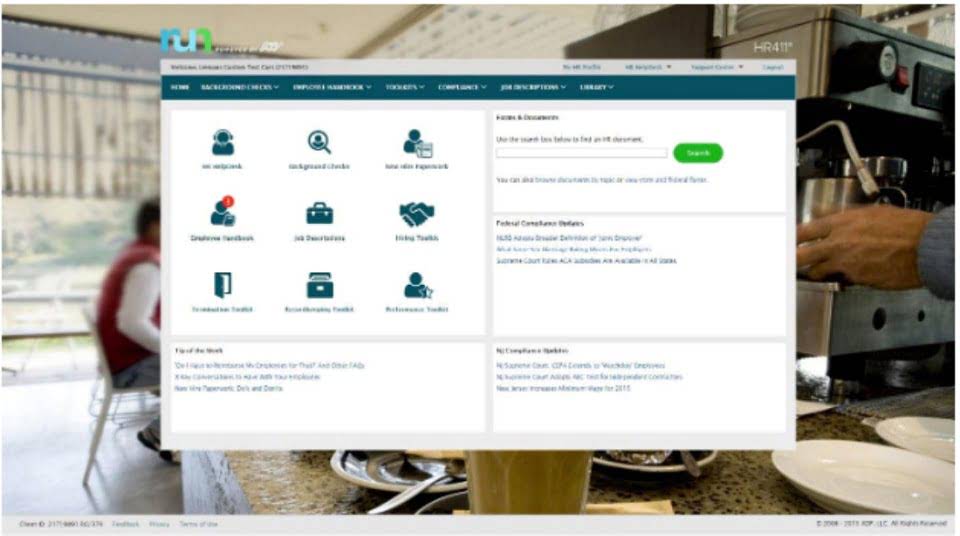No hay productos en el carrito.
Bookings vs Annual Recurr...

Using billing software for ARR management empowers you to make data-driven decisions. Regardless of individual subscription lengths—whether monthly, quarterly, or annual—ARR provides a standardized annual view. This allows you to compare performance across different subscription models and make informed decisions about pricing and growth strategies. A $10 monthly subscription translates to $120 in ARR, just like a $120 annual subscription. This standardization makes ARR invaluable for long-term planning and forecasting. ARR can also be subdivided and mixed with other metrics to glean insights into a Mental Health Billing SaaS company’s performance.
Example 1: Simple Subscription Model
It is calculated by taking the total amount of revenue generated from customers over a 12-month period and dividing it by the total number of customers. In the fast-evolving world of SaaS and subscription businesses, mastering the art of financial metrics like Annual Recurring Revenue and Annual Run Rate is indispensable. By accurately interpreting these figures, SMBs can navigate the complexities of growth, investment, and strategic planning with confidence. Embrace these metrics as tools in your strategic arsenal, and watch your business model’s potential unfold. A critical section for SMB leaders is understanding common mistakes in interpreting these metrics. Over-reliance on the run rate can mislead businesses about their financial stability, especially if not accounting for variable sales cycles and annual recurring revenue customer churn.

Differences in How Bookings and ARR are Tracked and Utilized in a Service-based Business
This can be achieved through effective marketing campaigns, improving your product or service, or enhancing your sales process. Roketto specializes in helping businesses grow their revenue fast, yet sustainably. Get in touch with us to discuss how we can provide growth solutions tailored to your business needs. We can either take the average of these four values, or we can take the latest MRR, which is to say, the Q4 MRR for the purposes of our calculation.
- The company’s ARR gives insight into the annual predictable revenue generated from these services.
- Because of this, service-based companies often have more irregular revenue patterns, given the project-based nature of their work, whereas ARR at a SaaS company tends to be more predictable and stable.
- Annual Recurring Revenue (ARR) represents the predictable revenue a company expects to receive from its customers over a 12-month period.
- To calculate ARR on an annual basis, you would substitute “year” for “period” in the ARR formula.
- This method is more accurate, but requires more information and can be more difficult to calculate.
Conflating ARR with actual cash flow

Conversely, “Churn ARR” represents the recurring revenue lost when customers cancel their subscriptions entirely. For instance, if a customer reduces their annual plan from $2,000 to $1,200, the $800 decrease is recorded as Contraction ARR. Annual Recurring Revenue (ARR) represents the predictable revenue a company expects to generate from its active subscription contracts over a 12-month period. It is distinct from total revenue, which includes all income sources, by specifically isolating income that is regular, repeatable, and derived from ongoing customer agreements.
- Think of it as a snapshot of your recurring revenue, normalized to a single year.
- ARR delivers the strategic, long-term perspective essential for annual planning and investor communications.
- ARR excludes things like one-time sales, setup fees, or variable non-recurring revenue streams.
- The ARR multiple is a method to quantify the implied valuation of a SaaS company into a valuation multiple, facilitating comparisons to peer companies and the industry benchmark.
- Changes to pricing structures, the introduction of new tiers, or contract term adjustments can influence future ARR.
Track revenue from customer segments
ARR enables businesses to track performance by offering insights into where revenue is growing or being lost. It serves as a foundational metric for identifying trends in customer behavior, such as churn, upselling, or downgrades. Knowing your ARR can guide decisions regarding staffing, operational investments, and future expansion plans. Whether you’re managing a SaaS company or considering investing in one, understanding ARR and how to calculate it is crucial for payroll long-term planning and decision-making.

It includes revenue from subscriptions, service contracts, and recurring revenue expansions (upsells and crossells), excluding any one-time fees. It focuses specifically on the recurring components of revenue, such as subscription fees. ARR is particularly relevant for businesses with subscription-based models, like software-as-a-service (SaaS) companies, as it highlights the value of active, ongoing contracts. This metric helps in forecasting future revenue and assessing the stability of a company’s income streams.